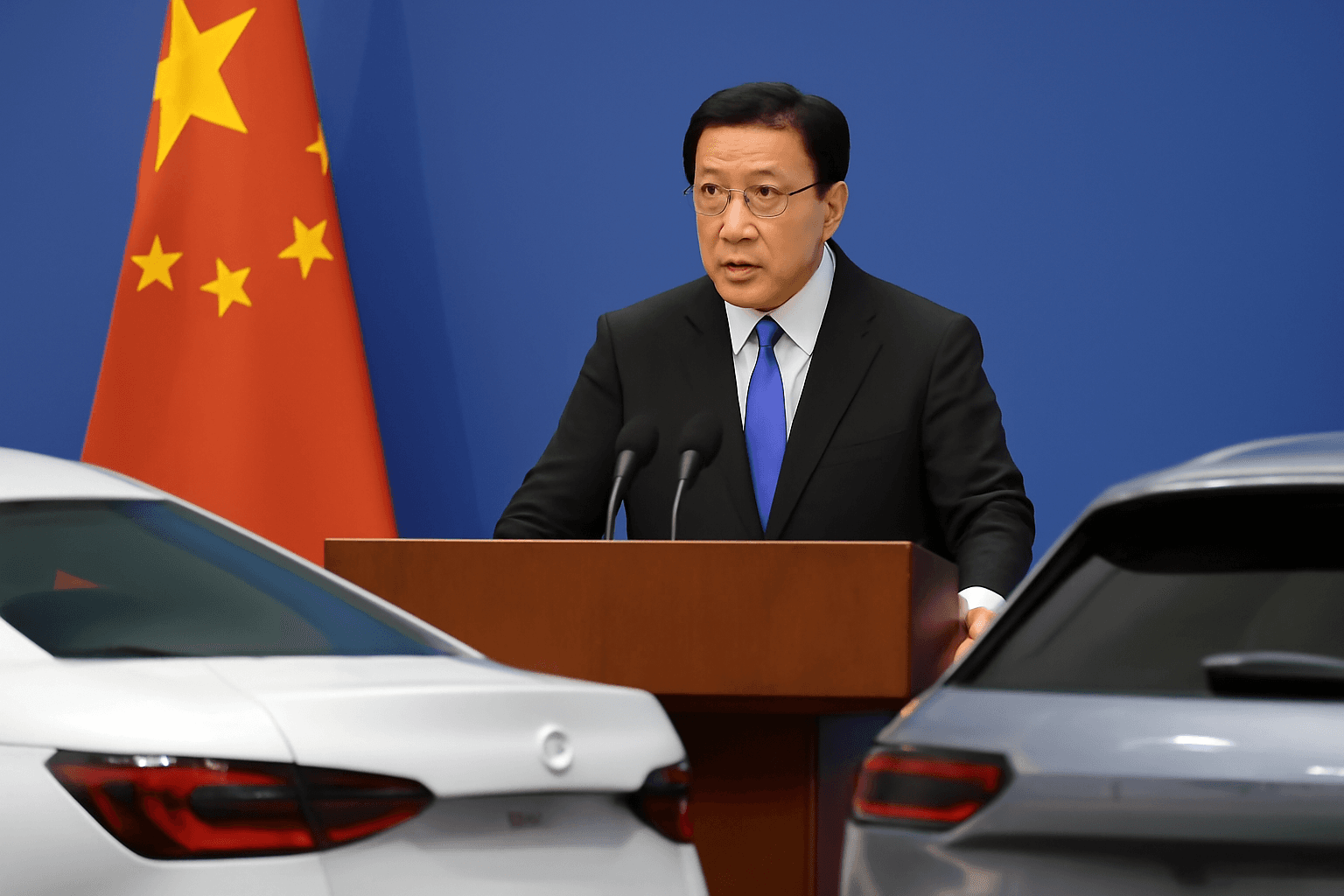Stellantis Reports Significant First-Half Loss Amid U.S. Tariff Impact
Stellantis, the automotive conglomerate behind brands like Jeep, Dodge, Fiat, Chrysler, and Peugeot, disclosed on Monday a preliminary net loss of approximately €2.3 billion ($2.68 billion) for the first half of 2025. This unexpected financial setback underscores the growing pressures from rising manufacturing costs and newly imposed U.S. tariffs on imported vehicles.
Early-Warnings Prompt Withdrawal of Full-Year Guidance
Just weeks after withdrawing its full-year financial outlook on April 30, Stellantis now paints a challenging picture for the automotive sector’s near-term prospects. First-half net revenue slid to €74.3 billion, down from the same period last year, reflecting headwinds that have unsettled even industry giants.
The decline sent shares in the Milan-listed auto group tumbling 3% on Monday morning, signaling investor concern over sustained profitability risks.
Four Key Factors Weigh on Financial Performance
Stellantis cited four main contributors driving its disappointing figures:
- Pre-tax net charges totaling roughly €3.3 billion, which notably impacted the bottom line;
- Early-stage profitability restructuring efforts undertaken to shore up long-term financial health;
- Higher industrial costs squeezing adjusted operating income amidst supply chain complications and inflationary pressures;
- Foreign exchange fluctuations that unfavorably influenced earnings, coupled with the emerging burden of U.S. tariffs levied on imported vehicles.
Tariff Costs and Production Slippage Hit North American Market Hard
One of the most salient factors troubling Stellantis is the imposition of U.S. tariffs, which led to an estimated €300 million direct hit to first-half results. Additionally, production curtailments enacted as part of the company's strategic response contributed to further revenue erosion.
North America saw the steepest decline in shipments during Q2, with an estimated drop of 109,000 vehicles (around 25% year-on-year). The decrease stems largely from the reduction in manufacturing and importation of tariff-affected vehicles, as well as a pullback in fleet sales channels. Industry analysts note that this contraction highlights how geopolitical trade policies can swiftly ripple through domestic auto markets, reverberating down the entire supply chain.
The Road Ahead: Awaiting Full Results and Broader Industry Implications
Stellantis plans to disclose its complete financials for the first half of 2025 on July 29, which will provide a deeper understanding of how the company is navigating these turbulent market conditions.
From a broader policy perspective, Stellantis’ struggles highlight the unintended consequences of trade tariffs designed to protect domestic industries. While tariffs aim to shield U.S. manufacturers, they often lead to higher production costs and supply interruptions that can ultimately strain manufacturers and consumers alike.
As Stellantis and other automakers adapt, key questions arise: Will tariff adjustments be reconsidered given their evident impact? How will companies restructure operations to mitigate geopolitical risks? And what does this mean for American consumers facing escalating vehicle prices?
Expert Commentary: A Complex Intersection of Trade and Industry
Auto industry experts observe that Stellantis’ predicament epitomizes the dilemma many multinational manufacturers face in a fragmented global trade landscape. Comprehensive strategies balancing local production, supply chain diversification, and active engagement with policymakers are now crucial to sustaining competitiveness.
Moreover, the lessons from Stellantis’ tariff-related challenges resonate across other sectors reliant on cross-border trade, underscoring the need for nuanced policy approaches that consider both economic safeguards and global interconnectedness.
Editor’s Note
Stellantis’ preliminary financial results for H1 2025 serve as a revealing case study on the real-world ramifications of trade policy shifts. As consumers and investors, understanding these dynamics helps us grasp the complex economic forces shaping industries vital to our daily lives.
This development invites further dialogue on the balance between protecting domestic industries and fostering sustainable, cost-efficient global trade – a balance critical to the future of manufacturing and economic stability.



















